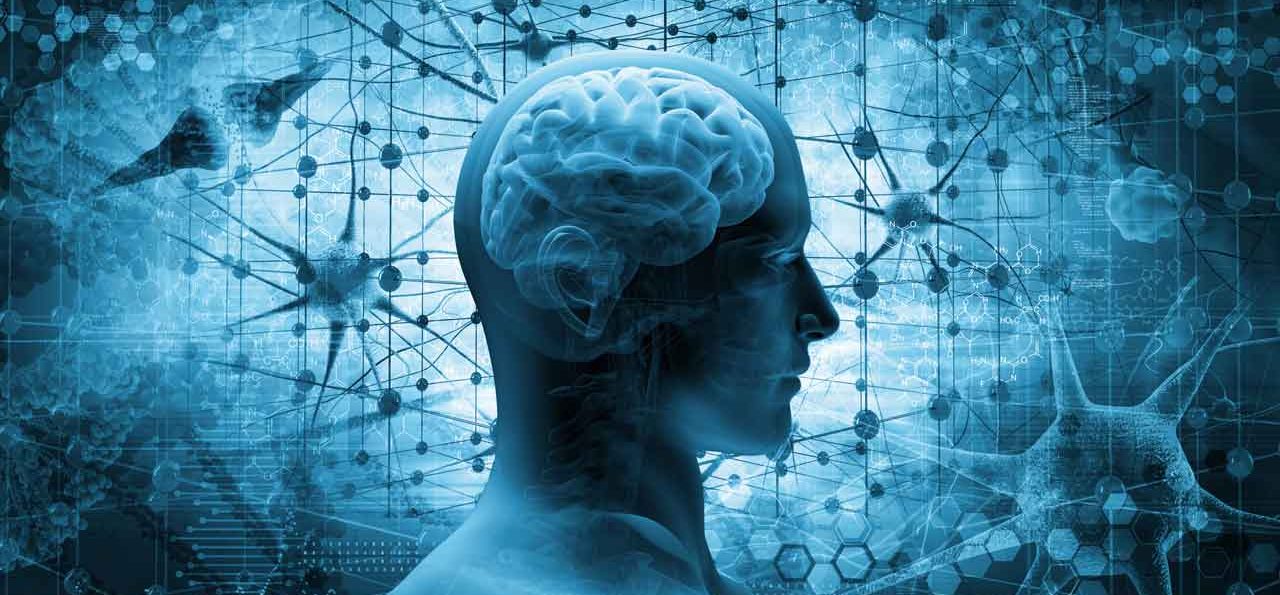Device Helps Recovery from Stroke Paralysis - Page 3

How the Ipsihand device helps
It’s well established movement controlling areas of the brain are on the opposite side of the body from the arms and legs they control. For example, stroke damage to the right side of the motor center areas in the brain can cause paralysis on the left side of the body. But about 10 years ago, David Bundy, PhD, now a researcher at the University of Kansas Medical Center, was working with Eric Leuthardt, MD, University of Washington professor of neurological surgery, neuroscience, biomedical engineering, and mechanical engineering and materials science, when they discovered a small area of the brain played a role in planning movement on the same side of the body.
For instance, in a person whose left hand and arm are paralyzed from stroke damage to the right side of their brain, the left side of their brain is frequently functioning normally – and a small area in the intact left side can generate electrical signals to contract muscles and move a paralyzed hand. (The same is true of a paralyzed right hand and arm due to a damaged left brain; a small area on the right side of the brain sends signals to move a paralyzed right hand).
The problem is the signals go nowhere. They reach a dead end because the motor areas on the side of the brain that would normally carry out the planned movement are damaged. But the Ipsihand circumvents the damaged part of the brain. It picks up the brain signals and amplifies them to produce movement in the hand.
Leuthardt worked with Daniel Moran, PhD, professor of biomedical engineering at Washington University School of Engineering and Applied Science, to develop the Ipsihand technology, and they co-founded the company Neurolutions, Inc., to continue developing the device. They believe the Ipsihand can do more than help paralyzed hands move – it may help stroke survivors recover from their disability.
“We have shown that a brain-computer interface using the uninjured hemisphere can achieve meaningful recovery in chronic stroke patients,” said Leuthardt. “The idea is that if you can couple those motor signals that are associated with moving the same-sided limb with the actual movements of the hand, new connections will be made in your brain that allow the uninjured areas of your brain to take over control of the paralyzed hand.”
Updated:
March 03, 2020
Reviewed By:
Janet O’Dell, RN